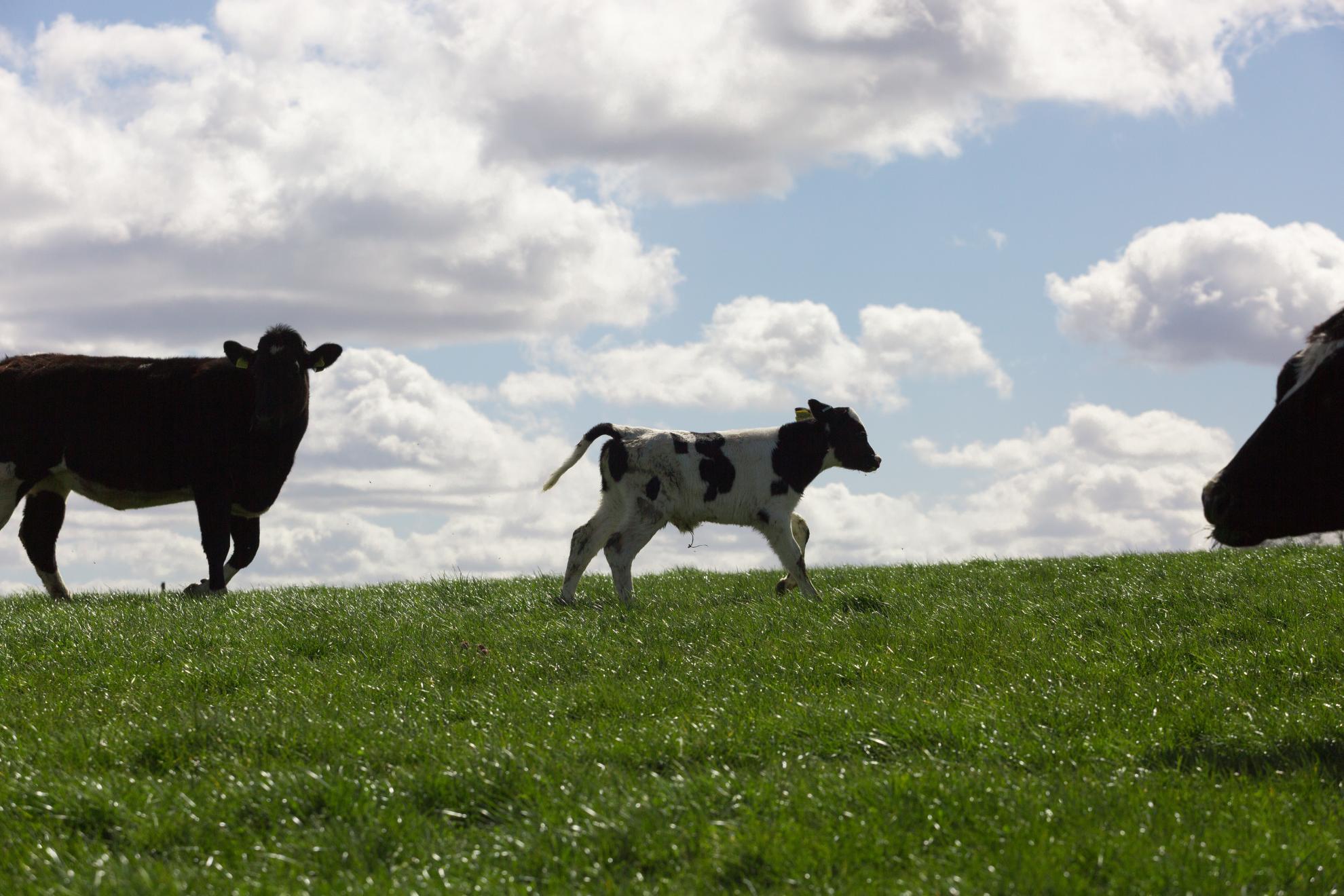Natural selection on marine carnivores elaborated a diverse family of classical MHC class I genes exhibiting haplotypic gene content variation and allelic polymorphism
Pinnipeds, marine carnivores, diverged from terrestrial carnivores ~45 million years ago, before their adaptation to marine environments. This lifestyle change exposed pinnipeds to different microbiota and pathogens, with probable impact on their MHC class I genes. Investigating this question, genomic sequences were determined for 71 MHC class I variants: 27 from harbor seal and 44 from gray seal. These variants form three MHC class I gene lineages, one comprising a pseudogene. The second, a candidate nonclassical MHC class I gene, comprises a nonpolymorphic transcribed gene related to dog DLA-79 and giant panda Aime-1906. The third is the diversity lineage, which includes 62 of the 71 seal MHC class I variants. All are transcribed, and they minimally represent six harbor and 12 gray seal MHC class I genes. Besides species-specific differences in gene number, seal MHC class I haplotypes exhibit gene content variation and allelic polymorphism. Patterns of sequence variation, and of positions for positively selected sites, indicate the diversity lineage genes are the seals classical MHC class I genes. Evidence that expansion of diversity lineage genes began before gray and harbor seals diverged is the presence in both species of two distinctive sublineages of diversity lineage genes. Pointing to further expansion following the divergence are the presence of species-specific genes and greater MHC class I diversity in gray seals than harbor seals. The elaboration of a complex variable family of classical MHC class I genes in pinnipeds contrasts with the single, highly polymorphic classical MHC class I gene of dog and giant panda, terrestrial carnivores.
Back to publications
